Test active compact box Inklang Ayers Two Wireless
Inklang's speaker models have endured well at Subwoofer mania. Not only do they sound spotlessly clean, they are also superbly finished and in the Inklang configurator the buyer can choose from 10 standard colors at no extra charge. Or, for a modest surcharge, he chooses one of thousands of colors from different color palettes. In any case, you get the color-coordinated box to set it up. So many reasons to take a closer look at the Hamburg sound converters. Especially since there is now another reason: the Inklang models have also been available as active loudspeakers since March of this year - recognizable by the addition "wireless". We tested the compact Inklang Ayers Two Wireless and not only learned to appreciate the advantages of the sound...
The advantages of "active" can only be briefly mentioned here: The disadvantages of a passive crossover (phase shifts, unnecessarily high resistance) do not exist here. Since each tweeter and woofer has its own power amplifier, these can be perfectly adapted to the specific needs of the individual drivers; between the two there is a direct coupling and no dampening link, as represented by a passive crossover. Thus, the basis for optimally reproducing an impulse is much higher with a fully active box than with a passive one. Anyone who has ever had the opportunity to listen to an active and a comparable passive variant will agree with me: "Active" is simply superior. Especially since all the possibilities for room adjustment (of which passive loudspeakers can only dream) are added...
The Soundhub Inklang HD 10 Stream Connect
The Inklang Aktiv concept has the word "wireless" in its name - and thus refers us to the possibility of wireless control. For this wireless control, however, the active Inklangs (like the similar concepts from Canton or Buchardt) need a so-called "hub" - a small device to which all sources are connected and which then sends the signals wirelessly to the speakers by radio. So, before I get to the actual speaker, let me first address this clever little box…
At Inklang, this “hub” is called HD 10 Stream Connect. It's a nicely made component, even made in Hamburg, that's multi-room capable and open to audio formats up to 24-bit/192kHz. And of course such a smart device that already has the "stream" in its name is equipped accordingly: All well-known streaming services such as TIDAL, Spotify, Deezer or Qobuz are pre-installed. In addition, the little one is quite connected:
In addition to two digital inputs and one analogue input, there is an HDMI audio return connection on board. But the outputs are also important: the HD 10 Stream has both analogue and digital outputs with adjustable levels. This is of course important for controlling the loudspeakers via cable. Here is an overview of all technical data:
HD 10 Stream Connect
concept streaming hub
data formats WAV, MP3, WMA, AAC, FLAC, Ogg, AIFF, gapless playback
Service: Remote control, app or on the device
Inputs : 1 x analogue (Cinch), 1 x HDMI ARC, 1 x Toslink, 1 x Coax Cinch, 1 x USB A, Bluetooth 4.2
Outputs: digital: 2 x coax, analogue: 1 x cinch, 1 x Kleernet Digital wireless 5.8 GHz
weight : 1.4 kilos
Dimensions (W x H x D) 19.7 x 5.3 x 21.2 cm
In combination with the Ayers wireless speakers, the HD 10 Stream Connect costs 899 euros; 999 euros have to be paid for as a single device. And it is by no means limited to Inklang loudspeakers: With its adjustable outputs, it can also control active third-party loudspeakers or power amplifiers. Conversely, the Ayers active speakers can also be controlled by other preamps, but not wirelessly. In this case, the Inklang system is self-contained. This means that the speakers without Inklang-Soundhub are denied access options such as Bluetooth from a cell phone. Inklang boss Thomas Carstensen says: “No, we would have had to install displays and something like that in our wireless speakers. This is not the case for reasons of sound.”
And that brings us to the Inklang Ayers Two Wireless
Unsurprisingly, the active Ayers Two Wireless are exactly the same as their passive sisters. It is a stately 2-way construction that is so beautifully made that it is a pleasure to touch it.
The "Two" is equipped with an 18-centimeter woofer plus a tweeter with a diameter of 30 millimeters - both excellent drivers from the specialist Wavecor. Inklang is known for always using the tweeters very low. The same here: the crossover frequency is 1,200 Hertz. With so many other boxes, the mid-range speaker comes in first...
The difference to the passive Ayers Two can only be seen on the back. All of the electronics are located behind a large metal surface – as is usual with Inklang in a chamber that is hermetically sealed off from the sound waves of the woofer.
On the board would be the DSP, which controls and monitors everything, but also the two DDFA output stages. DDFA stands for Direct Digital Feedback Amplifier and also has a special position within the so-called digital power amplifiers: In contrast to similar concepts such as those from Hypex or ICEPower, there is no conversion stage and the signal is only converted directly before the drivers.
The idea of the Inklang engineers: If you use the sound hub, mostly digital signals are played - so you simply stay in the digital world up to the driver. It couldn't be more consistent - because every change always means a deterioration in the sound. Proponents of analogue signal transmission will probably turn up their noses at concepts like this one – this also applies to Canton, Burchardt, and similar active loudspeaker concepts. Because the mouse doesn't bite a thread: Whenever a DSP is involved, everything is raised to the digital level immediately behind the input. But I can reassure all skeptics: In the case of the Inklang Ayers Two Wireless, it sounds so good that you can also connect record players (or the phono stages) without hesitation.
Practice
The Inklang active system with the hub and the two speakers proved to be pleasantly simple to use - you can tell that a lot of brain power was used here to devise a system that can be easily operated by as many people as possible. After switching on, we were first informed about an update of the small HD 10 Stream. After that was done, we first connected the Ayers Two Wireless to the HD 10 stream via radio. The "pairing" worked smoothly.
The hub is operated by remote control, via the Inklang app called "InX" or directly on the device. Since the app doesn't offer an infinite number of additional features, I was very happy about the remote control; then you can use the cell phone for its original function.
As already mentioned, the loudspeakers are controlled by radio or cable. If cable, then the most elegant variant looks like this: You connect one of the two boxes with a digital cable (optical or coax). The second box is then supplied via its digital out. That saves meters of cable. But of course it is also possible to supply the active Ayers with a signal via analogue cable. For this purpose, however, two cinch cables – if possible of the same length – must be laid.
With flexible, adaptable systems such as the Ayers Two Wireless, installation is less of a problem than with passive loudspeakers. The Ayers Two Wireless offers three options for the position of the speaker and three for the bass intensity (speaker EQ). That would of course be even finer, the DSP has enough power. But Inklang boss Carstensen takes a clear stance in this regard: “We gave it a lot of thought and also considered much more complex solutions. But you shouldn't overwhelm people. With our combination of "position" and "speaker EQ" we are flexible but remain simple."
He is right. We had heard the active Two in a wide variety of positions – each one not entirely unproblematic. And every time, we got a good grip on the Ayers' low end with just a few switch settings.
Our listening room is medium sized about 38 square meters. The Ayers Two Wireless even filled this room well, although it did not exceed the 85 decibel threshold in our level measurements.
This is due to the built-in digital electronics, which analyzes distortions at an early stage and simply stops making them louder at a value of zero decibels. But what applies to measurement signals does not have to apply to dynamic music: We also listened quite loudly with the Inklang - not excessively, but far above what neighbors normally accept...
Sound
The small restriction in the maximum level should remain the only point of criticism that we could chalk up to the Ayers Two Wireless. Because from the first note, these speakers draw you into the music. The brilliant, very deep and yet dry bass range is amazing, which always kept track even in the bass orgies of modern electronic music and revealed the finest nuances even below 100 Hertz - great.
As is to be expected from an Inklang loudspeaker, the active Two" also plays extremely finely, openly and quickly. Hearing voices with her is pure joy - if only because she works out the characteristics in such detail. The cover version "Happy" by the percussion trio SR9 (album: Déjà Vu) is a firework display of the finest details - all of which Inklang placed in the room as if on a presentation tray. The piece is an absolute joy-maker anyway, but with the Ayers Two Wireless the piece seemed particularly carefree and the singer Camille even more charming.
But even with contemplative music, such as "The Girl From Back Then" by the guitar duo Kings Of Convenience, the Hamburg native celebrates the music with such great lightness and transparency, but also with such plasticity that you feel like you're crossing your fingers to see the strings scurry. There are certainly many loudspeakers that want to achieve a different mood with a warming basic tone and softer bass. It's just a different approach in terms of sound. But if you like this direct, fine and transparent sound, with the Ayers Two you now have a great and - based on what is offered - not at all expensive opportunity for a musical experience.
Conclusion
I now know almost the entire Inklang program, which in my ears shows almost no weaknesses, because I really appreciate the fast and open playback of these loudspeakers. But activating the ideal of intimacy seems to me to make things a little more perfect. The impulses of a hard hit snare drum get to the point even more precisely, the image is even more precise.
The price difference to the passive Ayerst Two is 300 euros per piece. That's a joke when you calculate how much more you get with the active wireless variant. Because we are not only talking about the even better sound, but also about the effective room adjustments and the possibility of wireless control. In a brother duel that means: clear advantage active!
Inklang Ayers Two Specs
Inklang Ayers Two wireless
Concept: Active 2-way compact box, bass reflex
Assembly: TT: 1 x 18.2cm. HT: 1 x 30mm
crossover frequency: 1200Hz
level stability: about 95 decibels
Amplifier power: 2 DDFA power amplifiers, 250 watts
Inputs: digital: 1 x optical, 1 x coax, wireless, analogue: 1 x cinch
Colors: almost any paint color possible
Dimensions (H x W x D): 42.6 x 20.5 x 41.5 cm
Weight: 14.1 kilos


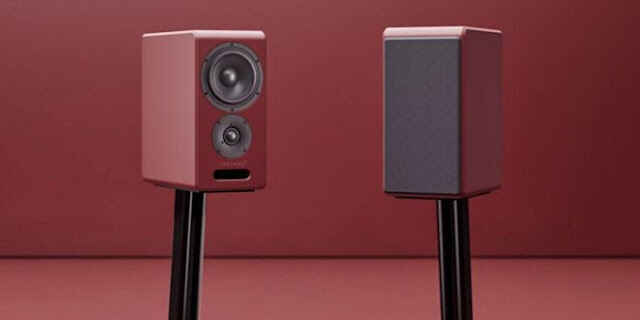
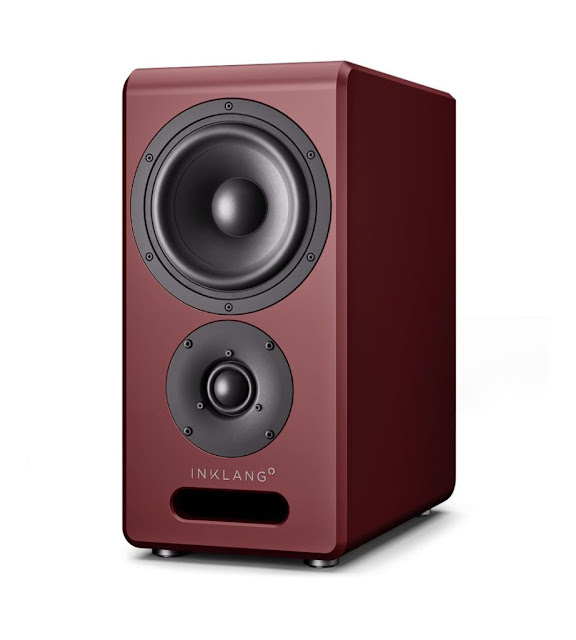
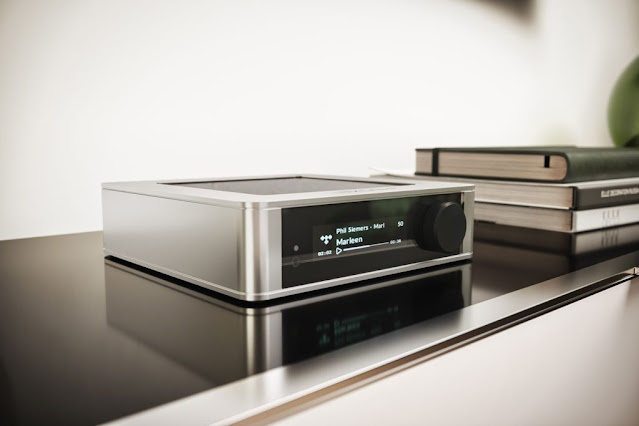

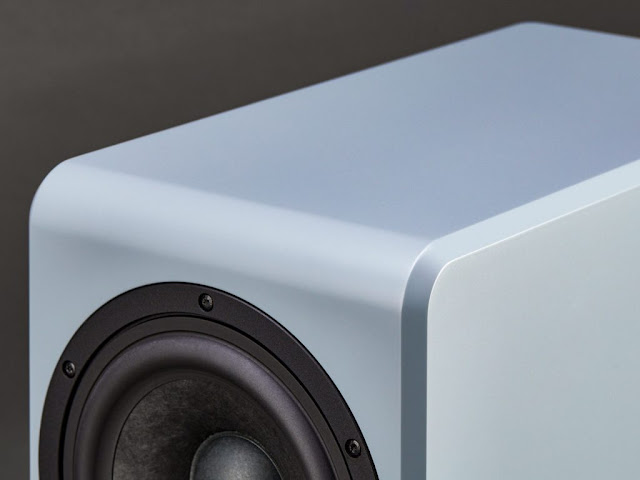

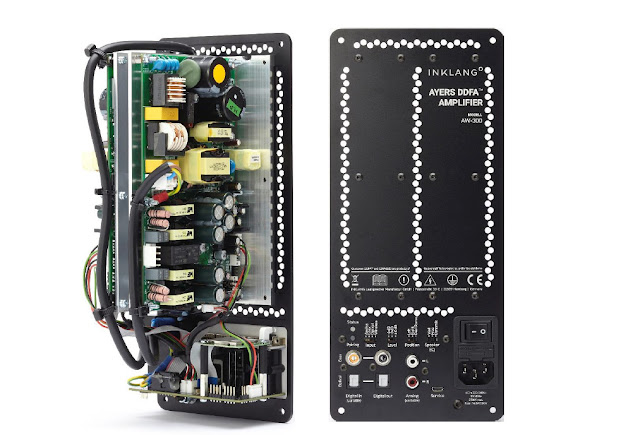
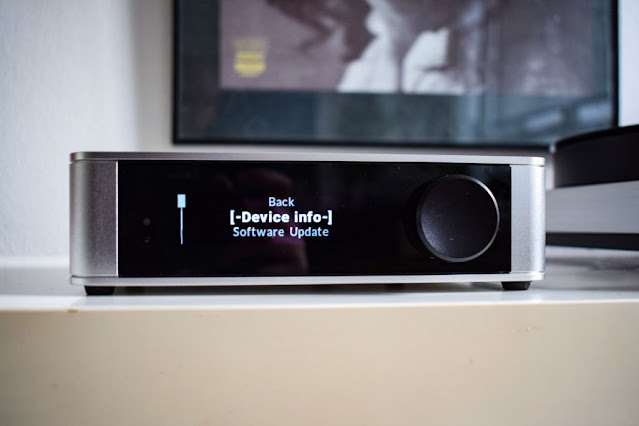
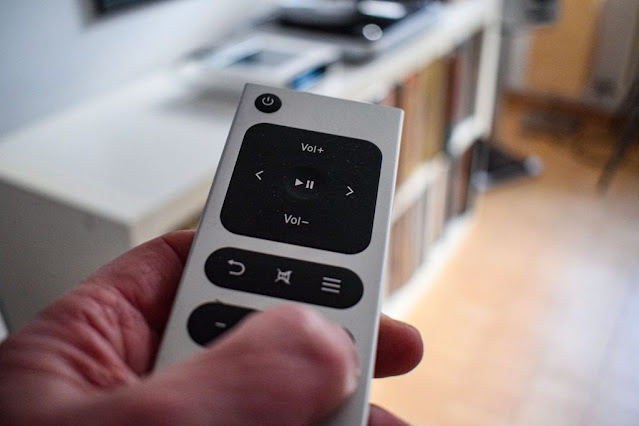
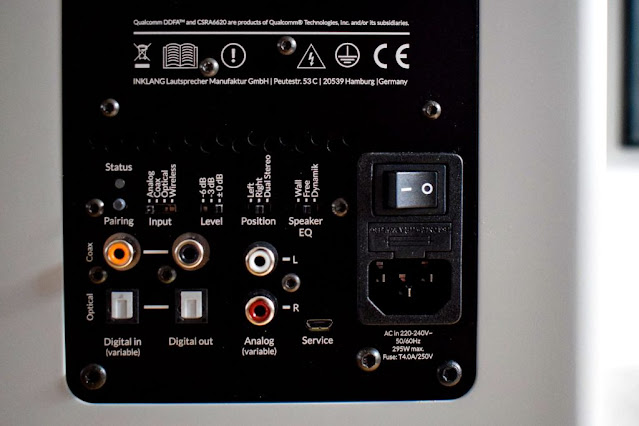











.jpg)



0 Comments